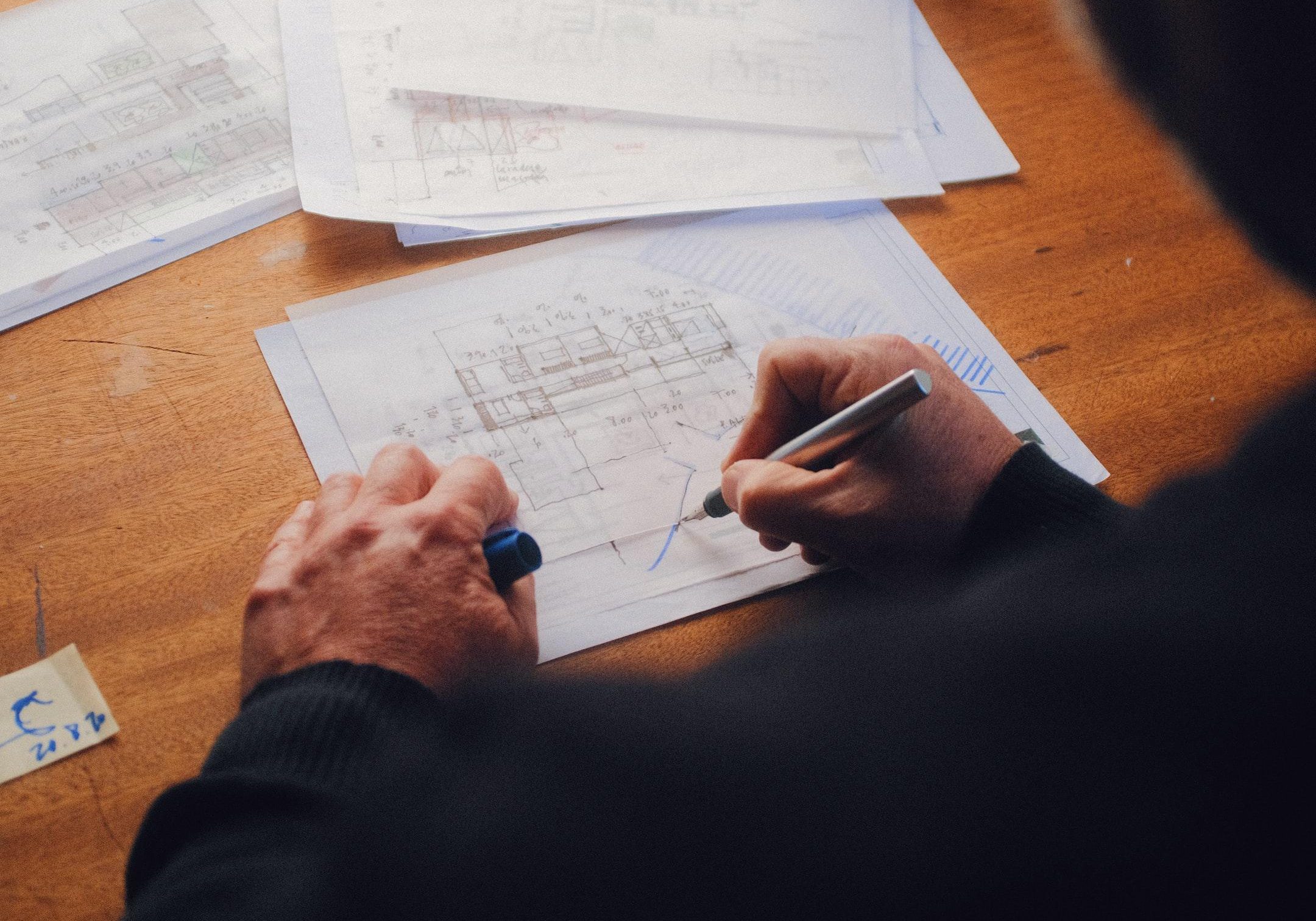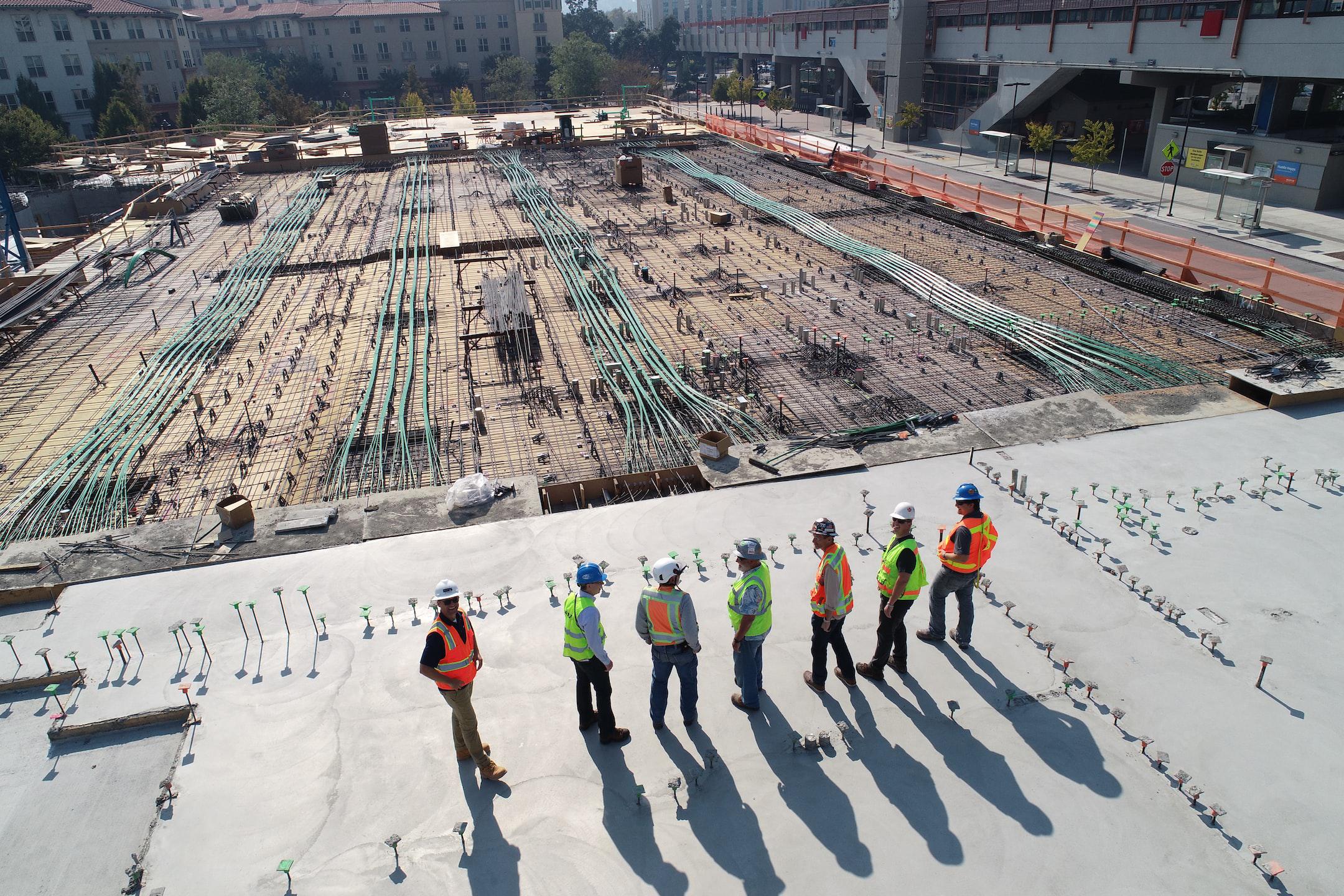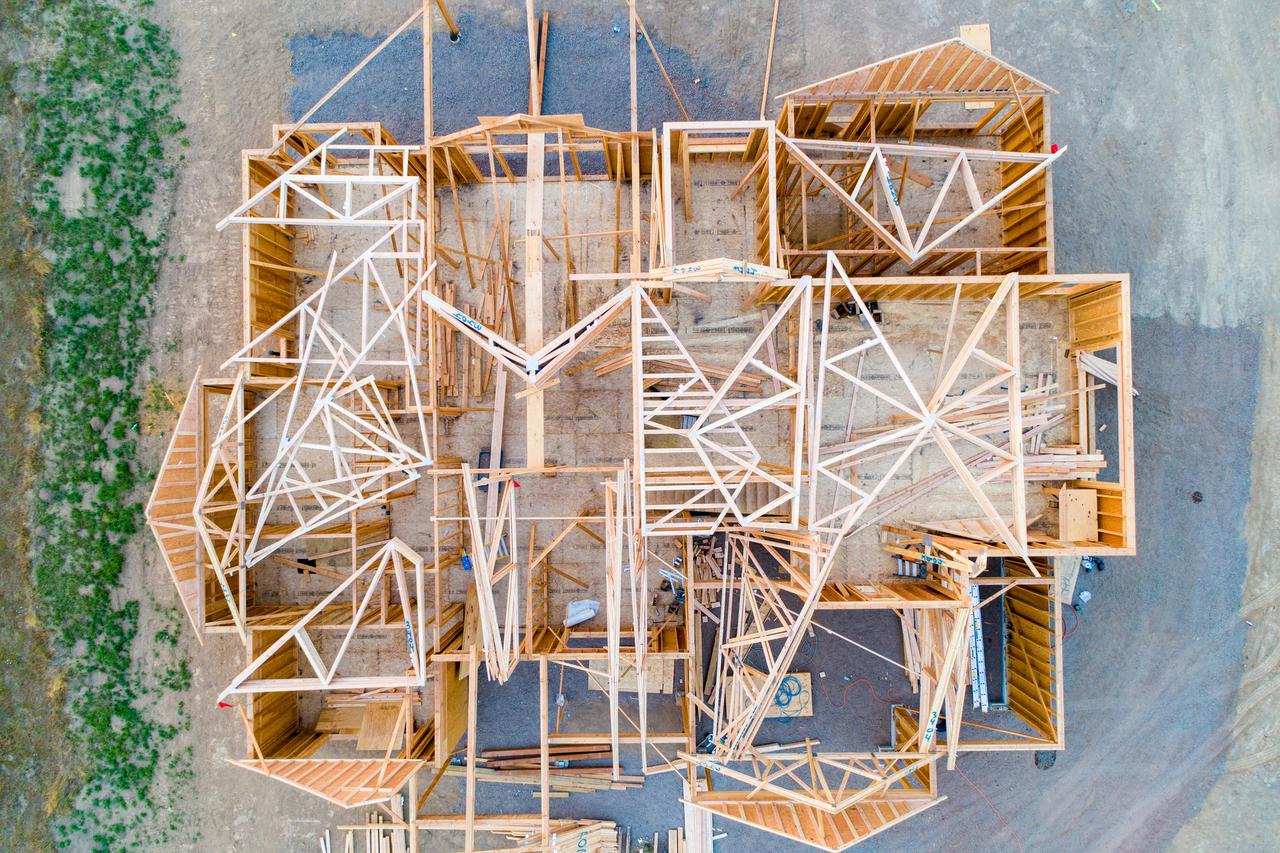Building information modeling (BIM) is a shared, collaborative workspace and knowledge resource for designers, project sponsors, and builders to visualize a building project. Leaps ahead of traditional CAD systems, building information modeling allows for the conception and modification of a building’s development from start to finish. What’s more, BIM can be used to understand project timelines, facilitates communication between different teams, and even provides transparent information about environmental impacts a project might have.
Basically, BIM enables everyone involved with a construction project to work with an intricately detailed model of a building in real-time. Before, during, and after the project is completed.
Within BIM, different dimensions can be used to understand different parts of a building model with varying levels of detail. They also provide a more thorough understanding of the construction process. To help give you a better idea of what information each dimension can capture, Spartan Scanning is exploring each dimension in this article.
3D
Widely used by construction companies, 3D BIM is also known as a coordinated model. Utilizing data across the Y, X, and Z-axis, a 3D BIM model provides a complete 3-dimensional visualization of a project. Additionally, 3D BIM enables the creation of graphical and non-graphical building information for sharing in a common data environment.
From schematic designs to construction documentation and record drawings, 3D BIM is used for increased transparency, coordination, and communication between workers and team leads, and can even check for possible collision problems or conduct stress testing. What’s more, 3D BIM can be used to view a project throughout its entire lifecycle. As well as provide information on the demolition of a project and its impact on the environment around it.
4D
4D BIM enhances already created 3D models by integrating timeline details into the project. 4D BIM can help emphasize the importance of certain construction components in relation to the overall project, and can dictate when the installation of these parts should be completed. Using 4D BIM helps improve delivery time, cuts costs due to delays, and serves as a proactive tool for predicting scheduling or installation conflicts.
5D
5D BIM incorporates cost predictions into a project’s model. Essentially, 5D enables the documentation of cost analysis, allows for precise budget estimation, and overall, increases transparency between stakeholders and project coordinators. A key benefit of 5D BIM is that it helps create clear data on project scope, and can enable easy modification to project cost throughout the whole project’s duration.
6D
6D BIM (referred to as iBIM or integrated BIM) combines additional information into a project’s model such as warranty information, manual information, as well as maintenance information. 6D is used to accurately plan out the need for future maintenance of a project, and can even provide analysis of operations or a building’s energy use. 6D aims to provide better information about a building’s environmental performance and sustainability.
6D BIM also enables updates or modifications to a designer’s original model throughout construction.
7D
7D BIM combines timeline information, cost analysis, as well as energy predictions with a 3D model. 7D is useful for maintaining a building at all stages of its life by monitoring the facility’s management and visualizing parts that need changing or repairing. 7D BIM enables the seamless repair and replacing of parts of a building by predicting when parts will need maintenance, and how exactly to perform that maintenance.
Ready to learn how BIM services can benefit your upcoming project?
The Spartan Scan team has extensive experience and knowledge about BIM dimensions and their best use for various types of projects. We can help eliminate redundancies in your project’s implementation and improve your overall workflow.
Contact us today to learn more about our services.





